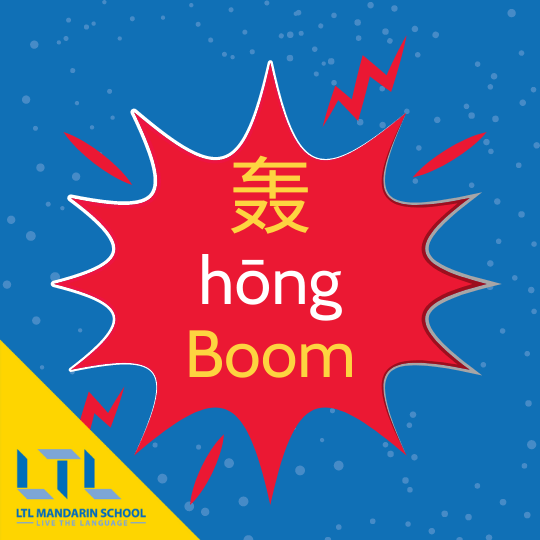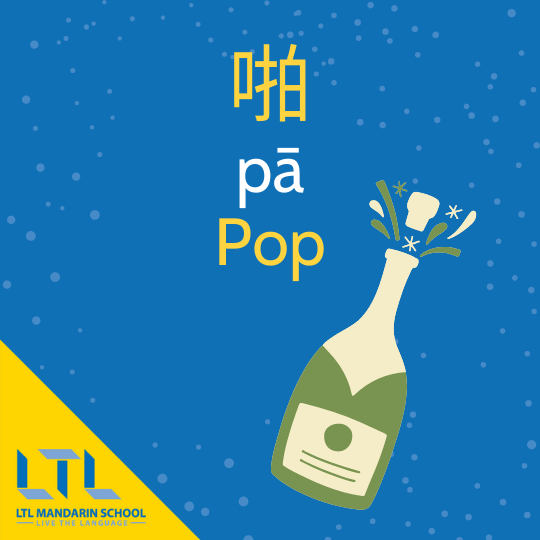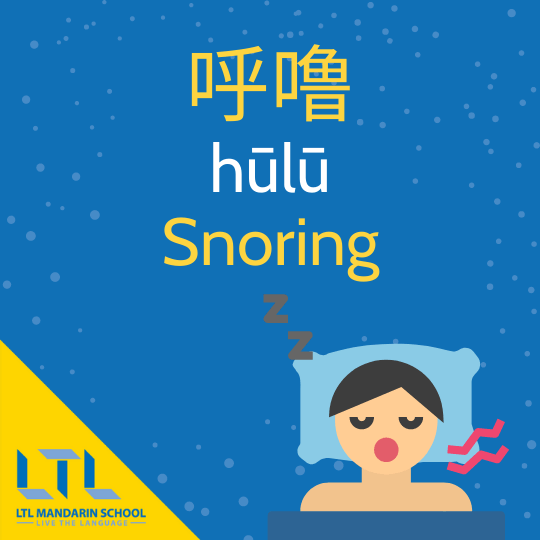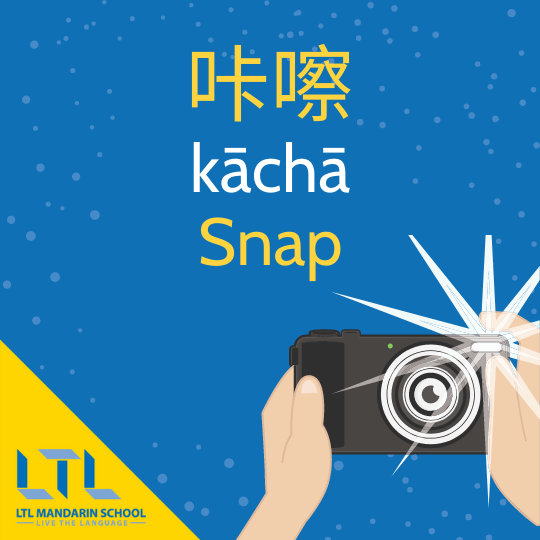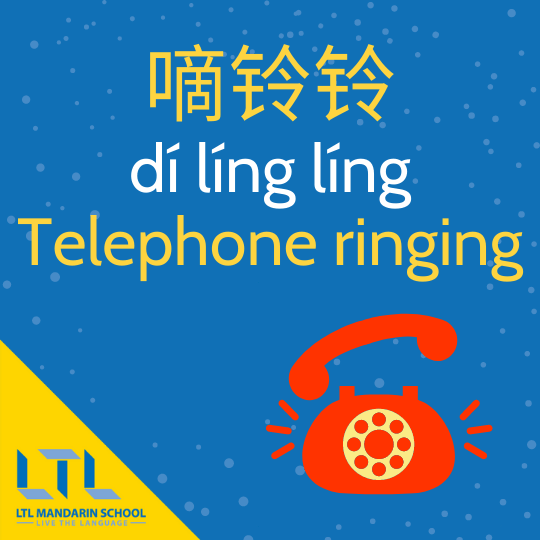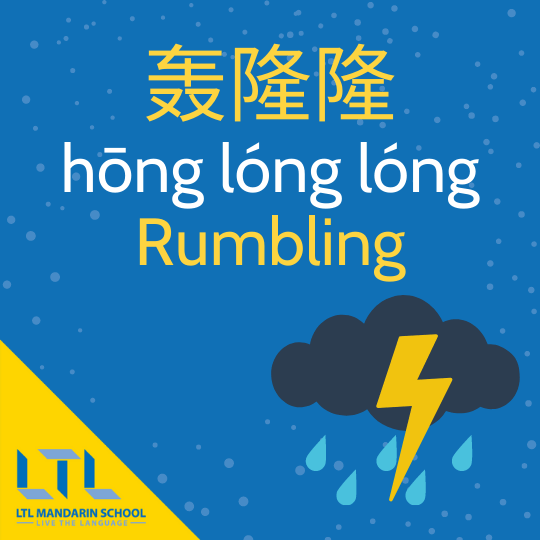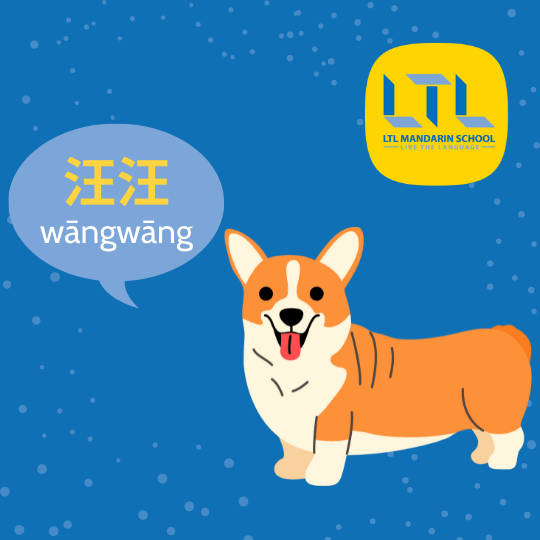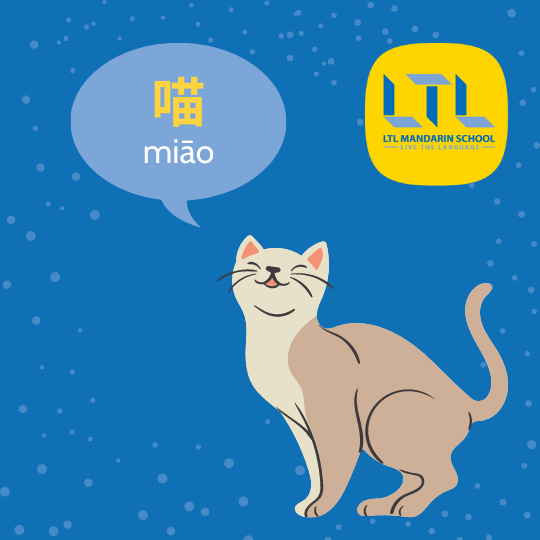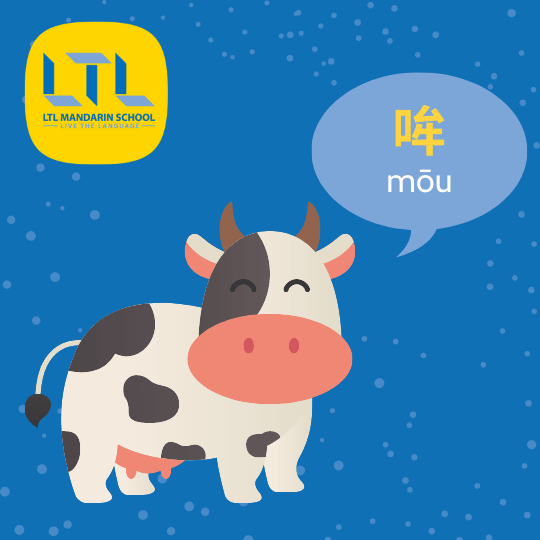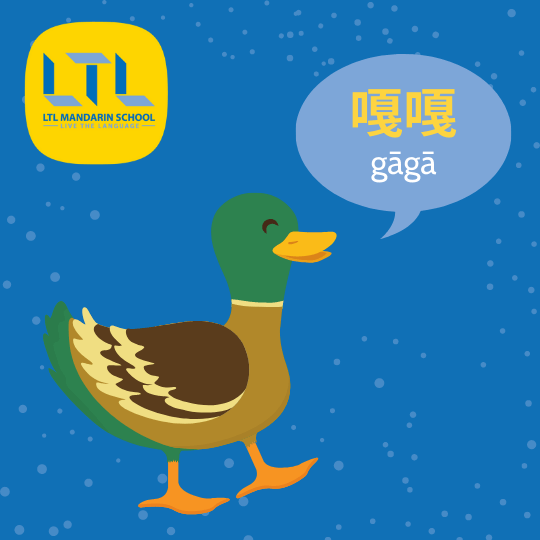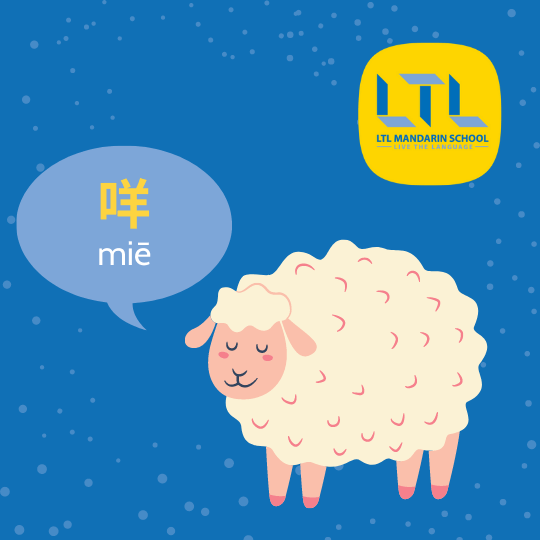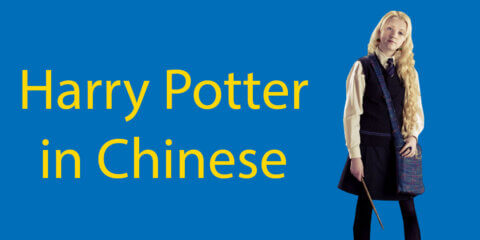Chinese Onomatopoeia | From “Bang” to “Woof Woof” The Complete List
Chinese Onomatopoeia Guide // Learn All the Words You Need to up Your Chinese Game
Ever wondered how you say Chinese onomatopoeia words like “boom”, “tick tock” or “meow”?
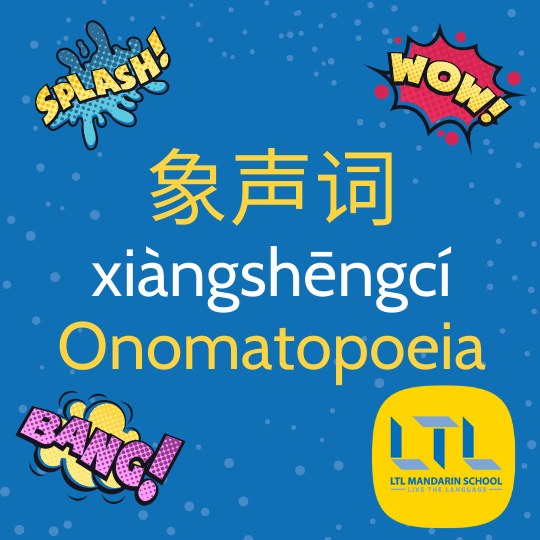
Are the words similar to English onomatopoeia or a completely different sound?
Well you don’t need to wonder any more because we have the complete list of Chinese onomatopoeia for you!
Onomatopoeia in Chinese is 象声词 (xiàngshēngcí) which literally translates to “imitates sound word”.
Like other grammar words (think of verb 动词 dòngcí move word) the Chinese is very literal and makes perfect sense!
Now, when it comes to onomatopoeia these words can be quite easy to recognise because they often have the 口 (kǒu) radical in them.
In case you don’t know the 口 (kǒu) radical is the mouth radical and words that contain it all relate to the mouth, so in onomatopoeia characters it symbolises a sound being made.
However, not all onomatopoeia words have the 口 (kǒu) radical in them, but the vast majority do, as you’ll be able to see from out list.
There are many forms of Chinese onomatopoeia with specific patterns used for different sounds, so let’s have a little look at the different types!
Chinese Onomatopoeia – One Character
Chinese Onomatopoeia – Two Character
Chinese Onomatopoeia – Three Character
Chinese Onomatopoeia – Four Character
Chinese Onomatopoeia – Animal Sounds
Chinese Onomatopoeia – One Character
First up we have one character onomatopoeia, below are the most common ones you’ll see, most of them are similar to the kinds of sounds you’ll see in comic books.
You’ll see that quite a few of them have multiple translations in English so some of them can be quite interchangeable.
- 轰 (hōng) – Boom, bang
- 砰 (pēng) – Thump
- 唰 (shuā) – Swish, rustle
- 啪 (pā) – Pop, pow, bang
- 吁 (yù) Woah (used to call an animal to stop)
- 哇 (wā) – Wow! It is also the sound of crying or vomiting
- 啦 (la) – Like saying “la” in English – it’s the sound of singing, cheering etc.
- 呀 (yā) – Creak
Next up we have some one-character words that aren’t strictly onomatopoeia, however they do convey a sound.
You can think of them more as interjections rather than usual onomatopoeia.
| 啊 (à) – Ah, OK | 啊 (á) – Huh? Eh? What? | 啊 (ā) – Ah! Oh! |
| 哇 (wā) – Eh? | 哦 (ó) – Oh? | 哦 (ò) – Oh! |
| 诶 (éi) – Eh? | 唷 (yō) – Yo | 唉 (ài) – Alas |
| 吁 (xū) – Sigh | 嘘 (xū) – Hush | 呸 (pēi) – Bah |
| 呀 (yā) – Ah, oh | 嗬 (hē) – Oh/wow! | 呃 (è) – Belch, hiccup |
As you’ll see from the table above, for some of these words the characters are the same but the tone is different which changes the meaning completely. Just another reminder how important tones are in Chinese!
Chinese Onomatopoeia – Two Character
Following on from one character Chinese onomatopoeia words we have some two character words.
You’ll see there are a few different types of these, so let’s have a look at them:
Alliterate
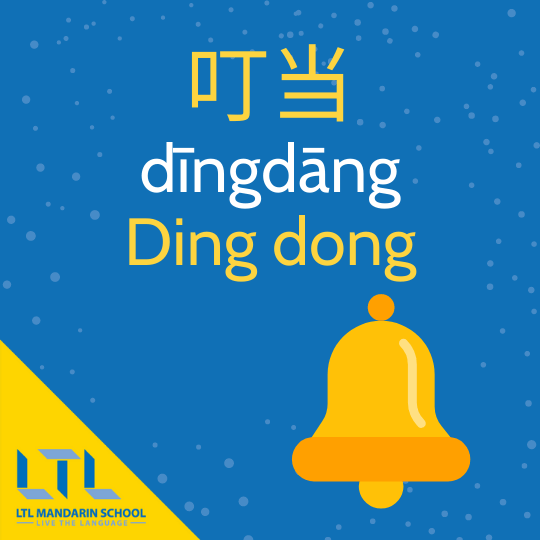
These onomatopoeia words are all alliterated (in case you didn’t know that means that they start with the same letter or sound).
Some English examples of this would be ding dong, clip clop, tick-tock etc.
- 叮当 (dīngdāng) – Ding dong, yes although both “ding” and “dong” exist as sounds in Chinese, their version if “ding dong” is actually “dīngdāng”. It is also the sound of jingling or clattering, generally the sound of metal or porcelain objects clashing together.
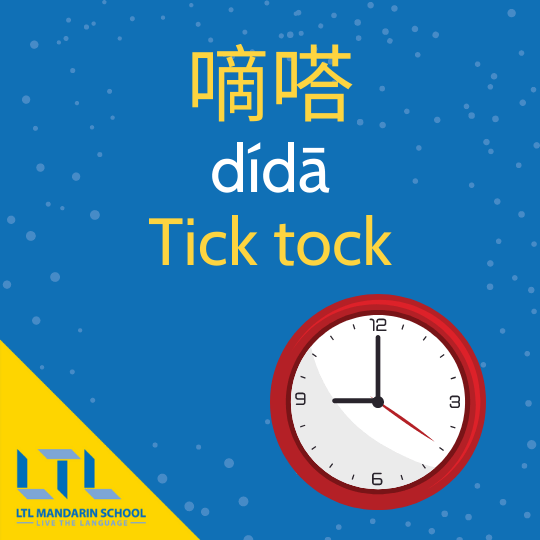
Example: 铃儿叮当响。língr dīngdāng xiǎng. – The bell jingled.
- 嘀嗒 (dídā) – Equivalent to English “tick-tock”, you’ll see that further are there more variations of this onomatopoeia.
- 噼啪 (pīpā) – Cracking or slapping sound, like “pit-a-pat” or “pitter-patter” in English.
- 玲珑 (línglóng) – Clink of jewels
Vowel rhymes
In the second category of two character Chinese onomatopoeia we have words which have vowel rhymes.
- 呼噜 (hūlū) – Snoring or wheezing sound, here 呼 (hū) means to exhale or breathe out.
- 哗啦 (huála) – Crashing sound, or the sound of flowing water like rain pouring down.
Example: 墙哗啦一声倒了。qiáng huālā yī shēng dǎo le. The wall fell with a crash.
- 咔嚓 (kāchā) – Cracking or snapping sound
- 呱哒 (guādā) – Clip-clop, the sound of heels clicking, it can also be written as 呱嗒 (guādā).
- 轰隆 (hōnglóng) – Rumbling sound, most often used to refer to the sound of thunder or rumble of machines.
Example: 雷声轰隆地响。léishēng hōnglōng de xiǎng. Thunder rumbled.
Repeated characters – AA
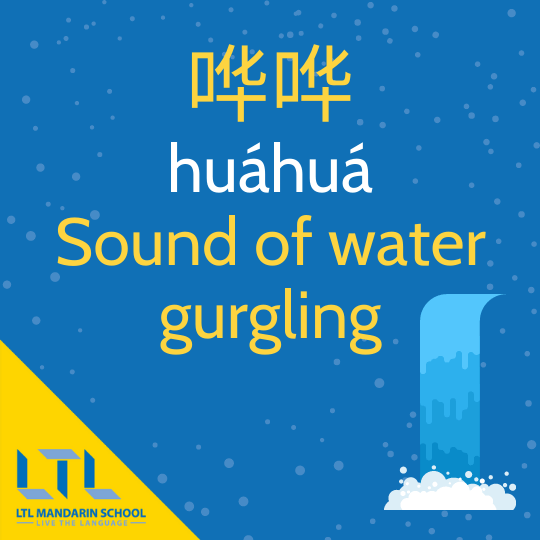
Next comes repeated characters which you can refer to as the “AA” style. Many of these Chinese onomatopoeia words can also be repeated three times to become “AAA” as well.
- 哈哈 (hāhā) – Laughter sound, did you know that in Chinese internet slang this can be represented by typing 233 or hhh?
- 呼呼 (hūhū) – Sound of the wind
- 哗哗 (huáhuá) – Sound of water gurgling
Example: 溪水哗哗地流。xīshuǐ huāhuā de liú. The stream went gurgling on

- 唧唧 (jījī) – Buzzing or chirping sound, usually related to insects
- 哇哇 (wāwā) – Crying sound
- 嘻嘻 (xīxī) – Hee hee – a giggling sound
- 牙牙 (yáyá) – Sound of baby talk, babble
- 轧轧 (yàyà) – Sound of machinery e.g. squeaking etc.
Example: 缝纫机轧轧地响着。féngrènjī yàyà de xiǎng zhe. The sewing machine was clicking away.
Other two character words
Last up in this section we have some two character onomatopoeia words that don’t fit under any strict category.
- 刺溜 (cìliū) – Sliding sound
- 嘎吱 (gāzī) – Breaking or creaking sound due to heaviness
- 扑通 (pūtōng) – The sound when heavy objects are landing, for example a “thud”, or a “plop” if it’s something falling into water.
Example: 扑通一声, 掉进水里 pūtōng yī shēng, diào jìn shuǐ lǐ. Fall into the water with a plop.
Chinese Onomatopoeia – Three Character
Third up in our list of different kinds of Chinese onomatopoeia we have three character onomatopoeia. You’ll probably notice that quite a few of these are actually variations from the two character ones so they may already look familiar!
Just like how we saw with two character onomatopoeia a common theme is for characters to be repeated.
For three characters there are two different ways for this to be done: either AAB or ABB.
AAB
Earlier we had AA onomatopoeia, so here we have AAB where the first two characters are repeated for emphases then there is a third character.
- 乒乒乓 (pīngpīng pāng) – The sound that happens when objects strike each other
- 叮叮当 (dīngdīng dāng) – The sound when metal strikes on metal, or porcelain on porcelain, also the sound of bells.
Example: 碟子碗儿碰得叮叮当的。diézi wǎnr pèng de dīngdīng dāng de. The dishes and bowls clattered together.
ABB
For this variation it is the second character that is repeated, following the first character.
- 嘀铃铃 (dí línglíng) – Telephone ringing sound, like “bring bring”
- 咕噜噜 (gū lūlū) – Water or rolling sound
- 轰隆隆 (hōng lónglóng) – Rumbling noise
- 哗啦啦 (huá lala) – Wind or flowing water sound
Example: 风吹得树叶哗啦啦地响。fēng chuī de shùyè huā lālā de xiǎng. The leaves rustled in the wind.
Chinese Onomatopoeia – Four Character
Following on from three character onomatopoeia we have four character onomatopoeia.
As you might expect from the patterns we’ve already seen, most of these follow similar repeated character patterns.
So let’s have a look at what they are!
AABB
This is a pretty straight forward pattern with the first character being repeated and the second character being repeated.
Just as we saw in the three character Chinese onomatopoeia section, quite a few of these characters are variations of words we encountered earlier.
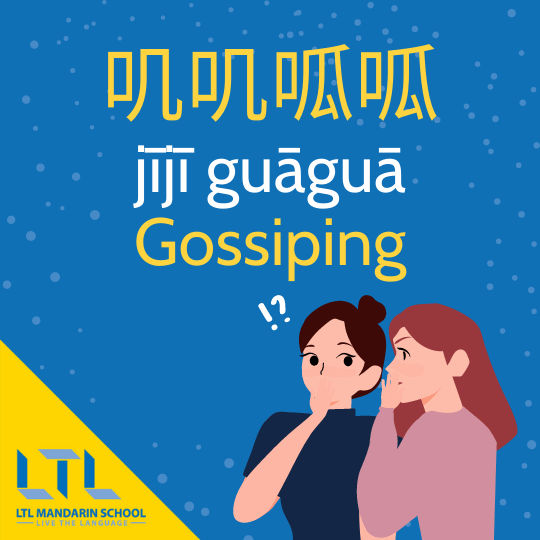
- 叽叽呱呱 (jījī guāguā) – The noise of talking, gossiping, chatter
- 叽叽嘎嘎 (jīji-gāgā) – Cackling, creaking or giggling it can also be written as 唧唧嘎嘎 (jīji-gāgā)
Example: 这门老叽叽嘎嘎响。zhè mén lǎo jījigāgā xiǎng. This door always creaks.
- 咭咭呱呱 (jījīguāguā) – Giggling noise
- 嘟嘟囔囔 (dūdū nāngnāng) – Mutter to oneself.
- 乒乒乓乓 (pīngpīng pāngpāng) – Sound of something colliding with each other (especially to describe the sound of the ping pong ball in table tennis). In fact ping pong in Chinese is 乒乓球 (pīngpāngqiú), check out our sports in Chinese blog for even more vocab!
Example: 雹子打在屋顶上乒乒乓乓乱响。báozi dǎ zài wūdǐng shàng pīngpīng pāngpāng luàn xiǎng. Hailstones rattle on the roofs.
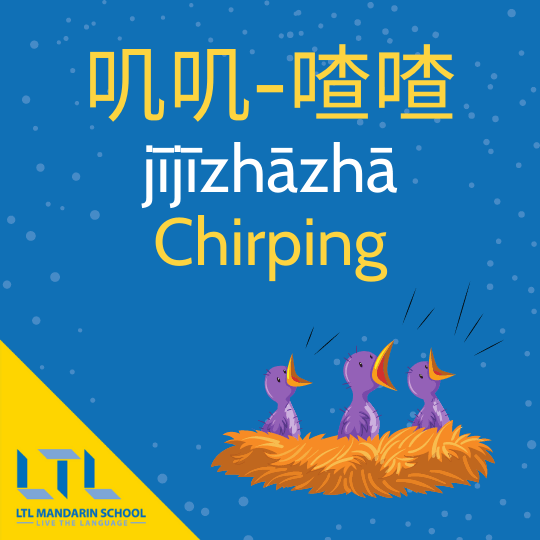
- 滴滴-嗒嗒 (dīdī-dādā) – Ticking clock sound
- 唧唧-咕咕 (jījī-gūgū) – Whispering sound
- 叽叽-喳喳 (jījīzhāzhā) – The sound of birds chirping or people talking rapidly and indistinctly.
- 噼噼-啪啪 (pīpīpāpā) – Patting or slapping sound
Example: 孩子们劈劈啪啪地鼓起掌来。háizi men pīpīpāpā de gǔ qǐ zhǎng lái. The children began to clap.
ABAB
The next pattern is where the characters alternate so it’s ABAB.
All of the Chinese onomatopoeia words below are actually variations of two characters onomatopoeia that we looked at earlier.
They are just repeated twice for emphasis, the same as you could say “clip-clop clip-clop” in English etc.
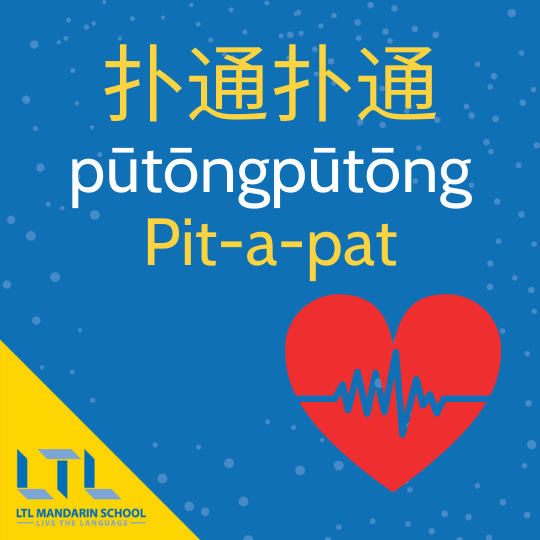
- 嘀嗒嘀嗒 (dīdādīdā) – Ticking clock sound
- 哗啦哗啦 (huálahuála) – Wind or flowing water sound
- 扑通扑通 (pūtōngpūtōng) – The sound when heavy objects are landing, a pit-a-pat sound or the sound of something jumping or dropping one by one into the water.
Example: 她的心扑通扑通地跳。tā de xīn pūtōng pūtōng de tiào. Her heart went pit-a-pat.
A-li BC
For our last four character Chinese onomatopoeia words we have a slightly more complicated pattern.
For this pattern a two character word is used for the first and third characters.
The second character is then usually the infix “里 lǐ”, the fourth character then begins with “l” and rhymes with the third character.
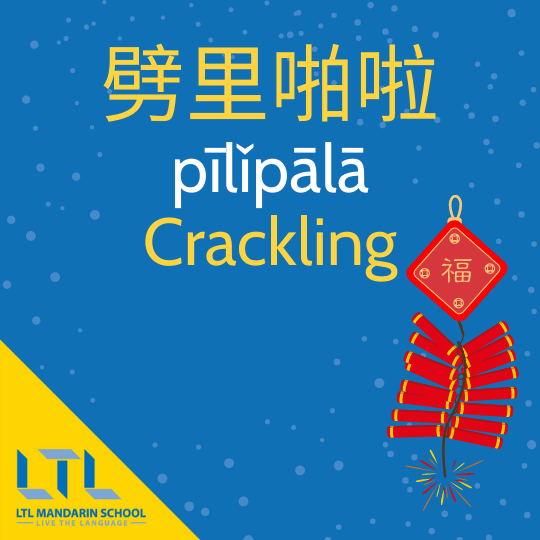
Ok so that may sound a little bit confusing! However, let’s look at some of the examples below showing how two character onomatopoeia words have been changed into the “A-li BC” patter.
- 叽咕 (jīgū) becomes 叽里咕噜 (jīligūlū) – Conversation among some people which others couldn’t hear clearly.
- 劈啪 (pīpā) becomes 劈里啪啦 (pīlǐpālā) – Popping of crackling sound, like the sound of firecrackers.
Example: 鞭炮噼里啪啦地响。biānpào pīlipālā de xiǎng. The firecrackers were crackling and spluttering.
- 叽 呱 (jī guā) becomes 叽里呱啦 (jīliguālā) – Someone’s voice talking annoyingly loud
- 稀 哗 (xīhuā) becomes 稀里哗啦 (xīlǐhuālā) – Sound of rain pouring or something collapsing/falling down
Example: 雨稀里哗啦下了起来。yǔ xī li huālā xià le qǐlai. The rain came pouring down.
丁当 (dīngdāng) becomes 丁零当啷 (dīnglingdānglāng) – Ding-a-ling, jingle-jangle, cling-clang, the sound of metal works or porcelain clashing, or the sound of a bell. You’ll see that this Chinese onomatopoeia takes a slightly different form with the character “零 ling” being used instead of “里 lǐ”.
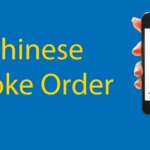
Chinese Stroke Order // 11 Key Rules You Should Know
Even in the modern day Chinese stroke order is still important. Find out 11 important rules so that you can master Chinese handwriting.
Chinese Onomatopoeia – Animal Sounds
Last up in our list of Chinese onomatopoeia words, we have animal sounds.
As you’ll see many of these have the same character repeated, just like how in English you’d often say that the noise a dog makes is “woof woof”.
| Animal | Chinese Sound | English Sound |
|---|---|---|
| Bees (蜜蜂 mìfēng) | 嗡嗡 (wēngwēng) | Buzz |
| Birds (鸟 niǎo) | 叽叽喳喳 (jīji zhāzhā) | Tweet |
| Cats (猫 māo) | 喵 (miāo) | Meow |
| Cows (牛 niú) | 哞 (mōu) | Moo |
| Chicks (小鸟 xiǎoniǎo) | 唧唧 (jījī) | Cheep cheep |
| Chickens (鸡 jī) | 咯咯 (gēgē) | Clucking |
| Cicadas (蝉 chán) | 知了知了 (zhīliǎo zhīliǎo) | Chirp chirp |
| Crickets (蟋蟀 xīshuài) | 蛐蛐 (qūqū) | Chirp chirp |
| Crow (乌鸦 wūyā) | 哑哑 (yā yā) | Caw caw |
| Dogs (狗 gǒu) | 汪汪 (wāngwāng) | Woof woof |
| Donkey (驴子 lǘzi) | 呃啊 (è a) | Eeyore |
| Ducks (鸭子 yāzi) | 嘎嘎 (gāgā) | Quack quack |
| Frogs (青蛙 qīngwā) | 呱呱 (guāguā) | Croak croak |
| Goats and sheep (羊 yáng) | 咩 (miē) | Baa |
| Mice and rats (老鼠 lǎoshǔ) | 吱吱 (zhīzhī) | Squeak squeak |
| Mosquitoes (蚊子 wénzi) | 哼哼 (hēnghēng) | Buzz buzz |
| Pigs (猪 zhū) | 哼哼 (hēnghēng) | Oink oink |
| Roosters (公鸡 gōngjī) | 喔喔 (wōwō) | Cock-a-doodle-doo |
| Snake (蛇 shé) | 咝 (sī) | Hiss |
Other Animal Noises
Along with the above table of Chinese onomatopoeia animal noises, there are also words for what you call certain sounds for example Lex the Lion’s roar!
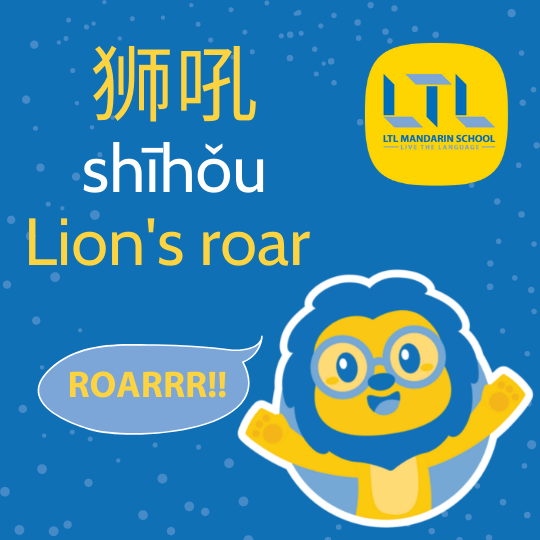
- 鹤唳 hè lì – Crane’s whoop
- 虎啸 hǔ xiào – Tiger’s roar
- 狼嚎 láng háo – Wolf’s howl
- 鹿鸣 lù míng – Deer’s bleat
- 马嘶 mǎ sī – Horse’s neigh
- 犬吠 quǎn fèi – Dog’s bark
- 狮吼 shī hǒu – Lion’s roar
- 熊咆 xióng páo – Bear’s growl
- 猿啼 yuán tí – Ape’s whistle
And there we have it! Our complete list of Chinese onomatopoeia, what was your favourite word? Let us know in the comments below!
Related Articles
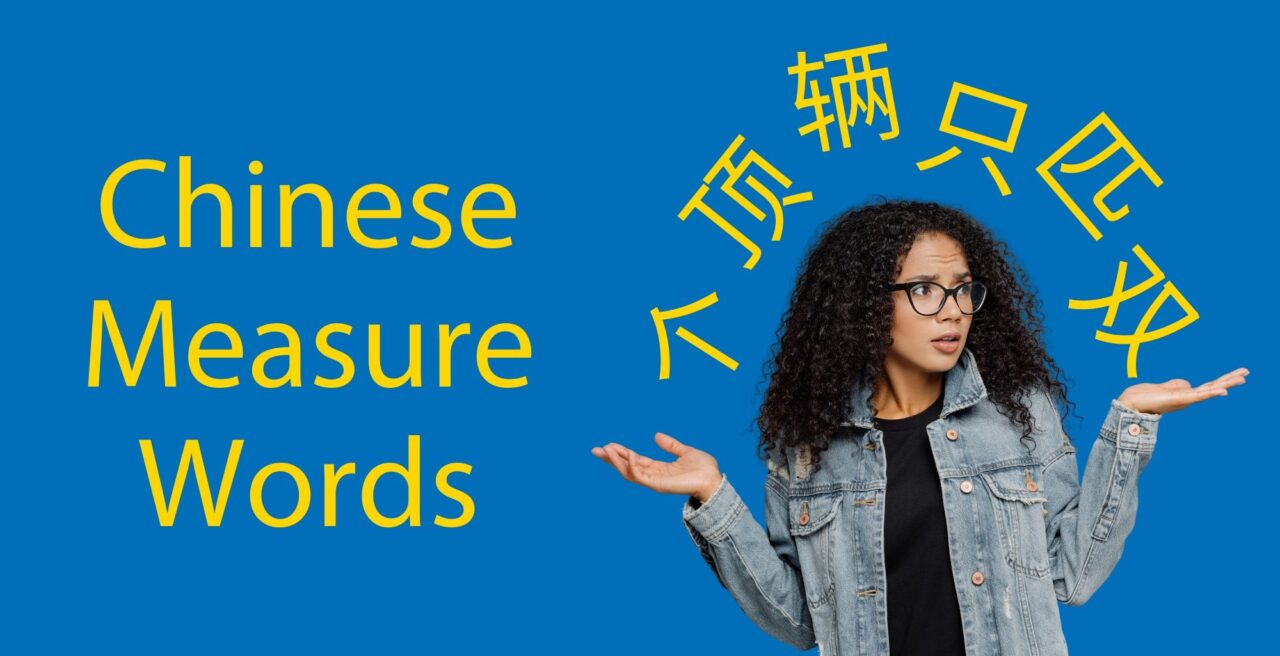
Chinese Measure Words
Learn the 71 most common measure words to get you past just saying 个 gè.
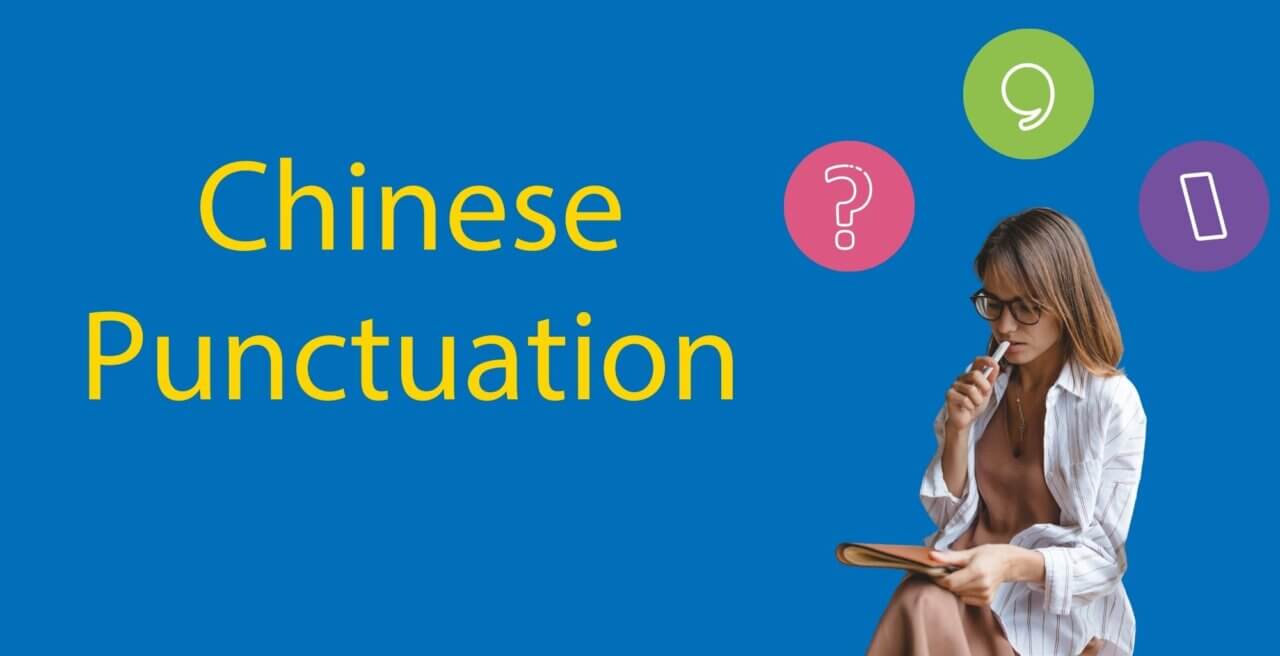
Chinese Punctuation
Have you ever been confused by Chinese punctuation? Wondered why their full stops look different to ours? Then this is the blog for you!
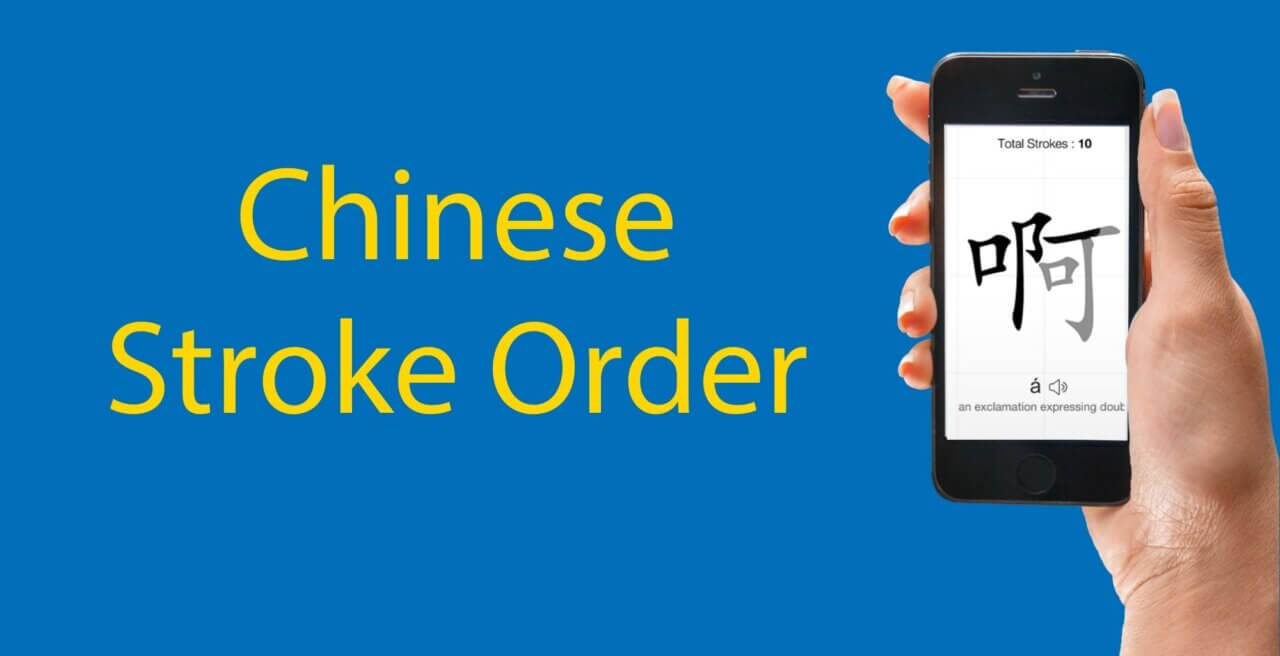
Chinese Stroke Order
Learn the basic rules of Chinese stroke order to help you improve your writing and remember characters better!
Chinese Onomatopoeia – FAQs
What are some Chinese sound effect words?
These are some common Chinese sound effect words:
轰 (hōng) – Boom, bang
啪 (pā) – Pop, pow, bang
哇 (wā) – Wow!
What are some Chinese animal sounds?
Some Chinese animal sounds are:
Dog – 汪汪 (wāngwāng)
Cat – 喵 (miāo)
Cow – 哞 (mōu)
Pig – 哼哼 (hēnghēng)
What is the Chinese onomatopoeia for heartbeat?
The Chinese onomatopoeia for heartbeat is 扑通扑通 pūtōng pūtōng. For example: 她的心扑通扑通地跳。tā de xīn pūtōng pūtōng de tiào. Her heart went pit-a-pat.
What are some Chinese exclamation words?
These are some Chinese exclamation words:
嗬 (hē) – Oh/wow!
唷 (yō) – Yo
啊 (ā) – Ah! Oh!
吁 (yù) Woah
哇 (wā) – Wow!
Want more from LTL?
If you wish to hear more from LTL Mandarin School why not join our mailing list.
We give plenty of handy information on learning Chinese, useful apps to learn the language and everything going on at our LTL schools!
Sign up below and become part of our ever-growing community!
BONUS | Want to study the local dialect known as Shanghainese? We provide Shanghainese Classes in person and online.

 Hi, my name is Mojca. I am from Slovenia in Europe and I and I work as a student advisor at our Shanghai school.
Hi, my name is Mojca. I am from Slovenia in Europe and I and I work as a student advisor at our Shanghai school.